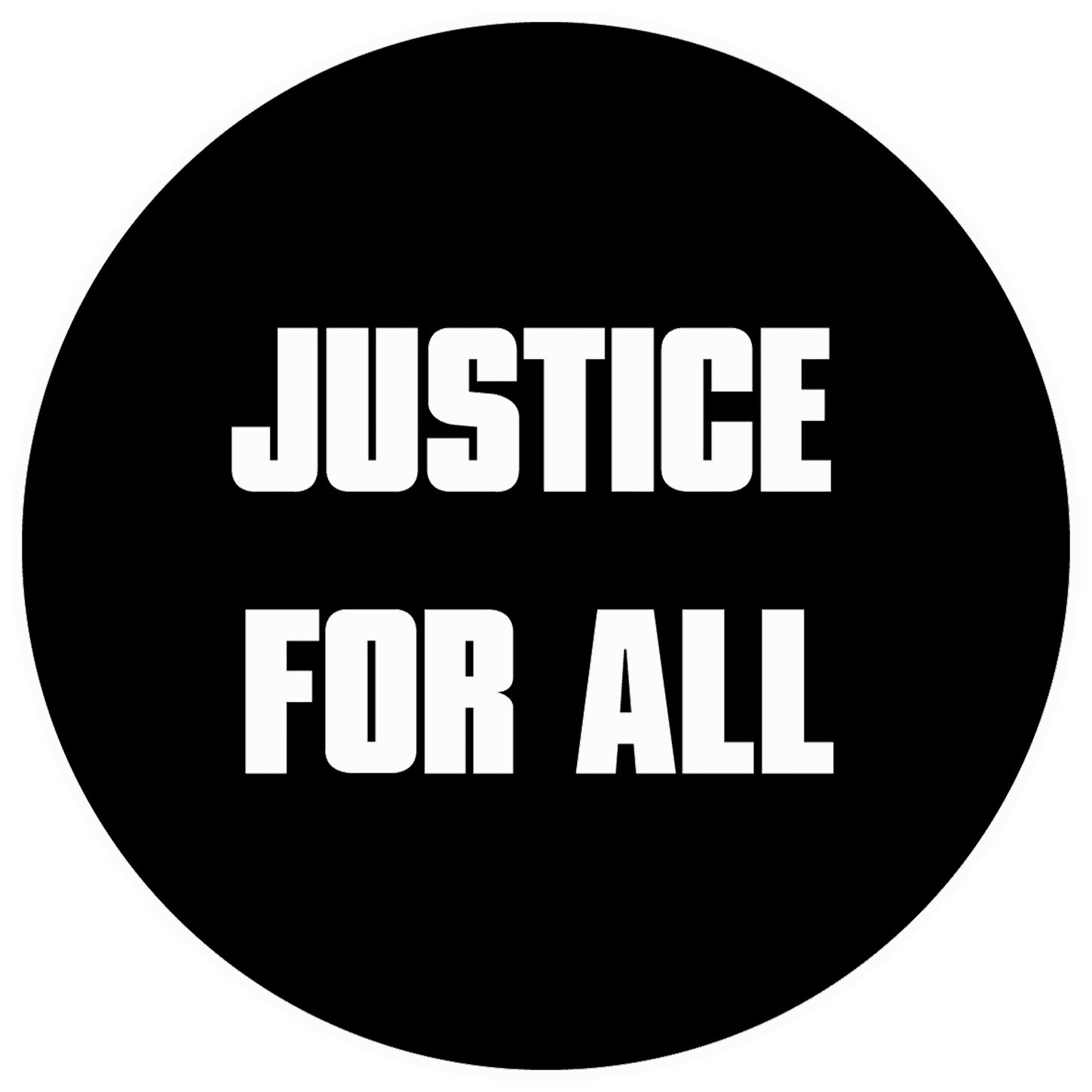Impact Report, September 2017
Tammy Cook, JFA Training Specialist
In this Impact Report, JFA dialogue artist and trainer Tammy Cook shares an approach to conversation that she’s found to be very helpful for people who are pro-choice because they are reluctant to tell others what to do. Her “two buckets” concept helped Dixon think differently about abortion, even though seeing abortion as a harm had already been covered in the conversation once. That’s one of the valuable lessons here: Many times, people need multiple passes at a concept from different angles in order to “see” the truth. In the conversation, you’ll also see Tammy modeling other conversational approaches we teach in our seminar, including trotting out a toddler, asking questions with an open heart, and using visual aids. - Steve Wagner, Executive Director
The Lory Student Center Plaza was buzzing with students on a crisp morning in April. It was the first of three days in which Justice For All displayed the Stop and Think Exhibit at Colorado State University. Hundreds of students glanced up at the 12-foot display as they rushed to class. A student named “Dixon” stopped to ask a question.
Dixon: What is this all about?
Tammy: We are an organization named Justice For All. We were invited by the Students for Life club to discuss the topic of abortion with CSU students. We want to ask students what they think and then have a healthy and respectful dialogue. What do you think?
JFA volunteer Bryan (above, second from right) talks with a student while Tammy (above, seated center) and another volunteer talk with Dixon.
Dixon: I don’t think I have a say. I don’t think we can tell other people what to do.
Tammy: Thank you for sharing. May I ask you a few questions to better understand your view?
Dixon: Sure.
Tammy: It sounds like it’s important to you to not tell others what they can or can’t do. Do you mind sharing with me why that’s important to you?
Dixon: Well, I don’t like people telling me what to do, and I think most people feel that way.
Tammy: I agree with you – I think most people are sensitive to being told what they can or can’t do.
Tammy talks with Dixon while using the JFA Exhibit Brochure as a visual aid. To see more photos from JFA's April 2017 outreach event at Colorado State University, visit the gallery page.
Dixon: [nodding head] Right.
Tammy: Let me give you a scenario and ask what you think about it. Imagine that a woman has a two-year-old son, and she’s having a really tough life. She can’t afford to feed or take care of her son. This might seem like an odd question, but bear with me: “Should she be allowed to kill her two-year-old son, if that’s what she wants to do?”
Dixon: No, absolutely not.
Tammy: I agree. Why can’t she kill him?
Dixon: Because he’s a child.
Tammy: Right. Would you agree that he’s a human being like the mother?
Dixon: Yes.
Tammy: So if the unborn child is a human being like the two-year-old, then wouldn’t it be just as wrong to kill the unborn child through abortion as it would for the mother to kill her two-year-old?
Dixon: I’ve never thought about it that way. I guess that could change things. [He paused.] But I still don’t think we can tell others what they can or can’t do. Each person should have the freedom to make his own choices.
Is abortion merely a personal preference, or is it a choice that harms? (“Two Buckets” Illustration by Joanna Bai)
Tammy: I agree with you that freedom is important. Maybe it would help to break down our types of choices into two categories. Let’s picture them in two separate buckets. Bucket number one contains choices that are our personal preferences. My “personal preference” bucket would contain two of my favorite foods, strawberries and broccoli. People can choose to eat or not eat strawberries or broccoli, but that choice does not harm other people. Bucket number two contains choices that cause serious harm like murder, stealing, and rape. Would you agree that people shouldn’t have the choice to do any of those three things? *
Dixon: Yes.
Tammy: Why not?
Dixon: Because they’re wrong.
Tammy: I agree. Each of these harms a human being, right?
Dixon: Yes.
Tammy: Do you see the difference? Someone who chooses to eat or not eat broccoli does not harm another person, but someone who chooses to rape does harm another person, right?
Dixon: Yes.
Tammy: And since abortion takes the life of a human being, would you agree that it belongs in the same bucket as rape and stealing?
Dixon: Yes. Wow! This has been enlightening. You’ve given me a lot to think about. What if I hear of someone who is thinking about having an abortion? What should I do?
Tammy: Good question! Let me show you an app on my phone that you can download. [I showed him a video of an eight-week embryo using the “See Baby Pregnancy Guide” app for smartphones and tablets from the Endowment for Human Development (EHD). Click here to download the app for free.]
Dixon: Wow, that’s cool.
Dixon had to get to class, but before he left, I was also able to show him how to use the JFA Exhibit Brochure to help someone considering abortion. He thanked me for all of the new information and appeared to have a genuine change of heart about abortion.
* I said this a bit differently on campus, and Dixon understood my meaning. I've slightly changed the wording in this dialogue to more clearly illustrate my meaning in print. Please take this portion of the dialogue to be capturing the gist of the conversation rather than the precise wording I used on campus.


